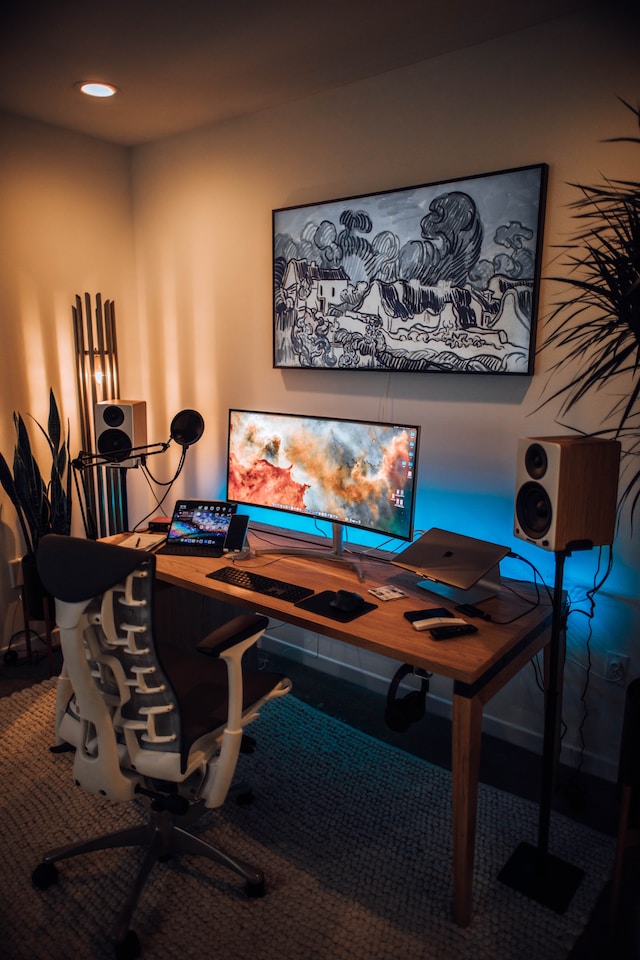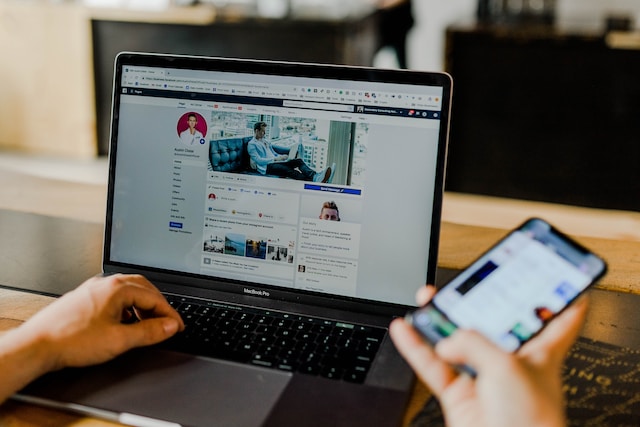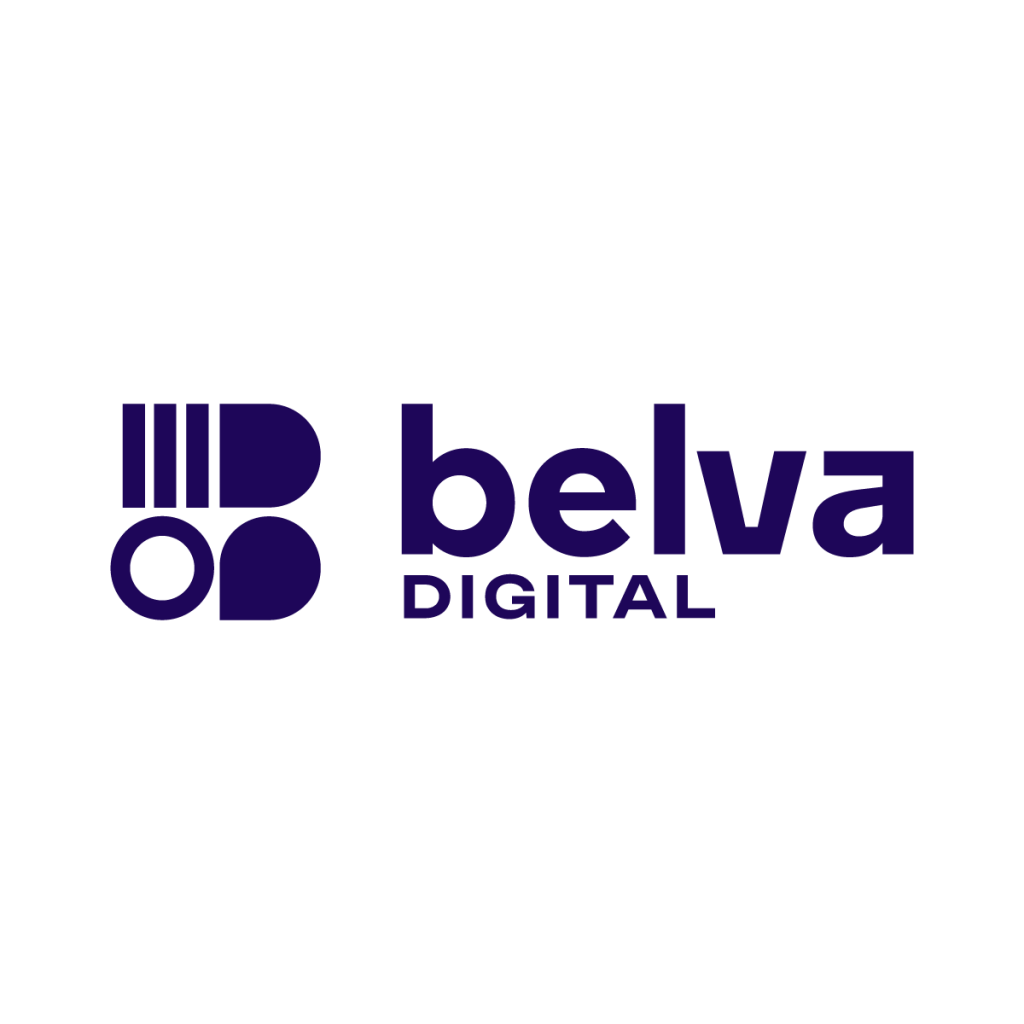Think back to the last link you read and shared with someone. Where did you share it? Facebook? Twitter? Messenger? Email? WhatsApp? Now that you have answered that one, where are you most likely to share something interesting you find? If you think about it, there are very many articles and websites that you did not tweet or +1. You sent them directly to that one person who came to mind when you read the piece.
Direct Traffic
If you are a serious blogger or run a website that solely relies on visits for the most part of its business (say a news site), you must have Google Analytics and some other analytics tools to help you crunch numbers and know where your visitors are coming from. If you are also abreast of current trends, you must have been swayed by the emphasis on social media too. You smile every time your analytics show that visitors come in droves from Facebook, Twitter and the like. But then there is that bit called Direct Traffic and it has a sizeable amount of traffic to your site.
If we are being logical, there is no way we can assume that this traffic is from people who type in the URL in their browsers. No one can possibly type the URL of a post deep into your site from memory, even if they are the author. Okay, maybe it is close to possible but who has the time? The only other way to get in directly is if you have accessed that link previously from your browser or you bookmarked it. That leaves this other way to get there directly, and it’s not via social networks or search engines. It is through those channels you use when you want to share directly to individuals; channels like email, IMs and other private ways that you send links to people. The very channels you use to send to that one or two people who come to mind when a piece gets your sharing juices flowing.
Dark Social
Alexis Madrigal over at The Atlantic called it Dark Social. Actually, he practically invented the term with a very good basis. Direct traffic is harder to track than social or organic traffic. All the same, it is clear where it comes from now, we just cannot pinpoint the specifics.
Where am I going with this? The last thing you can do right now is to think that social media optimization is all about perking up your site with superfluous social buttons that irk the hell out of readers and hitting them with ‘like our page’ pop-ups that load even before they read what they came into the site for. If direct traffic accounts for more than social traffic or organic traffic in your analytics, it means that you should pay more attention to writing great content that gets shared whether there are social buttons or not. And there is sufficient research by Pew Research Center and Chartbeat to illustrate this point. Chartbeat asserts that about 50% of visitors to a site come as direct traffic on average. This percentage is distributed depending on the type of site though, from 30% to as high as 75%. Pew Research Center found that users that come in directly tend to be more engaged (measured by time spent, number of pages viewed and visits per month) on sites than those who come in via Facebook, even when social traffic brings in more visitors.

One thing is for sure, great content will be shared. And a good portion of readers won’t share on social networks. I have a number of friends who are always on social networks but never want to leave ‘footprints’ as one of them calls them. What does this mean? They will scour through materials and share them, but not on their timelines or news feeds. They will share them in any private way most convenient to them, including within social networks’ private messaging systems. You need to think beyond Facebook and Twitter when you are coming up with content that will reach the masses. Remember, great content will still be shared months and years down the line. Content is still king. (You saw this coming, didn’t you?)
Next, to making your site responsive to cater for the big numbers that come from the mobile versions of these social networks, you need to make the content relevant enough to enable the reader to share it to whoever they want in their inner circles. A lot of people on the web nowadays are on mobile. A good number are on smartphones, even in Kenya as a recent report revealed. Smartphones enable people to share links through a myriad of ways provided they have installed the apps on their phones. These sharing modes include Email and messaging apps like the native SMS tool and WhatsApp. That is where some of that direct traffic to your blog is coming from; dark social.

Discreet Social Sharing
And now you see why these apps are social in their very nature as they enable as to share in private. Having said all that, do not forget to add social buttons on your already quality content. We are, more often than not, quite lazy. We need to be called to action sometimes. So if you keep the social buttons out of the blog, I will assume you really do not want it shared. You know what I mean? Indeed, you should also never leave out the email buttons. Remember that some sites are even adding WhatsApp sharing buttons, the most popularly cited being that of BuzzFeed on iOS.
Now you begin to see why Facebook bought WhatsApp. Even Mark Zuckerberg said that it was all about helping Facebook enable people to “share any type of content with any group of people they want.” And now WhatsApp is past the half a billion user mark. The need to sustain privacy drives dark social sharing. All the more reason why private social networks are now a thing. Get familiar. Are you reading the signs? If you are going social, go all the way. Get found in private conversations and who knows? Maybe one of the people in that private chat will be the one to actually share your story in public on social networks and then be a loyal reader/customer.








